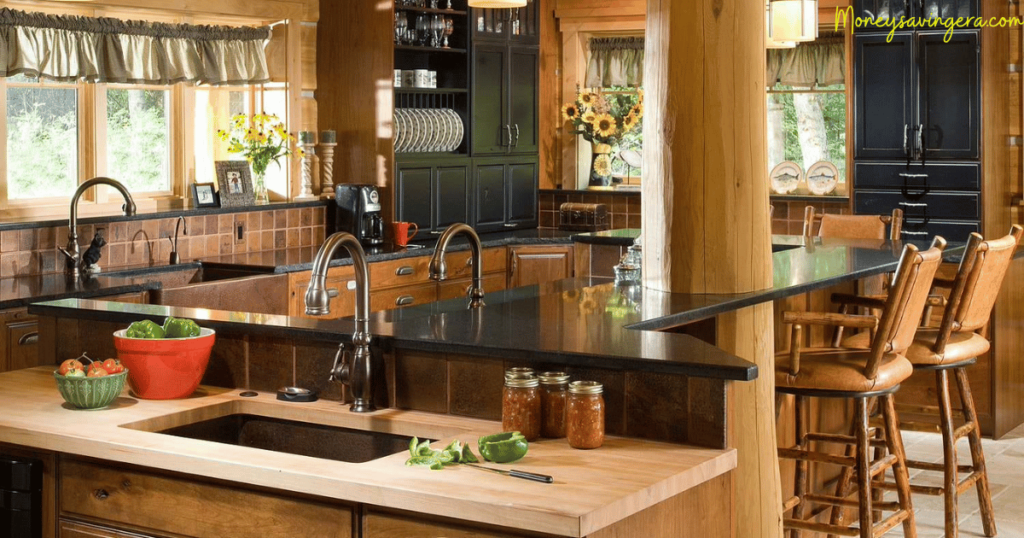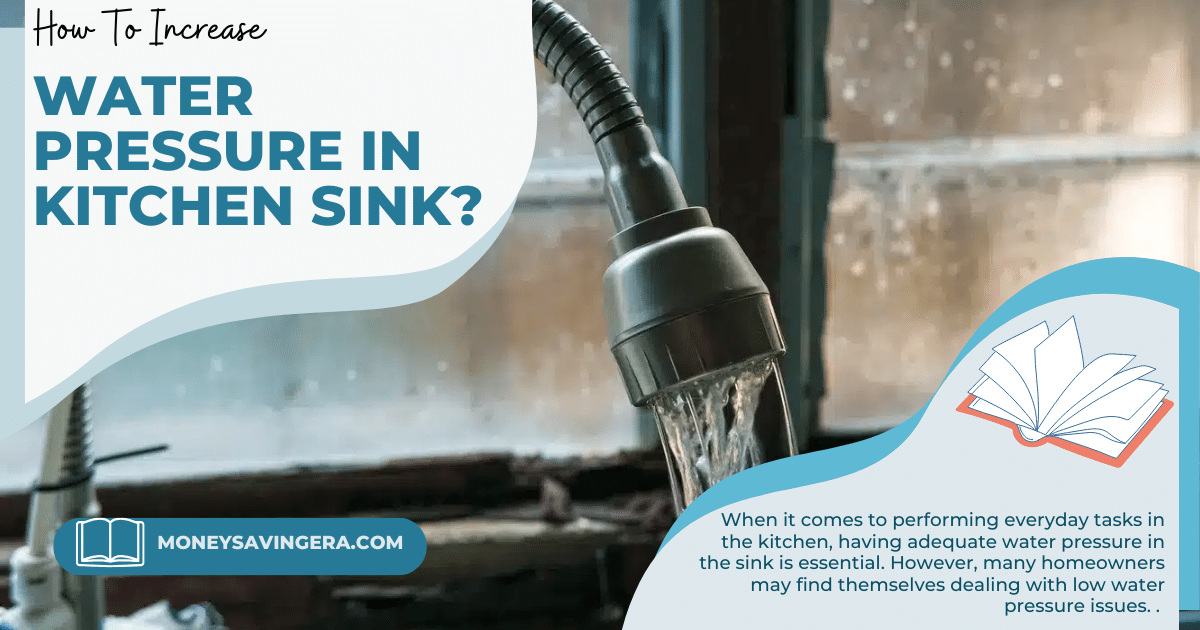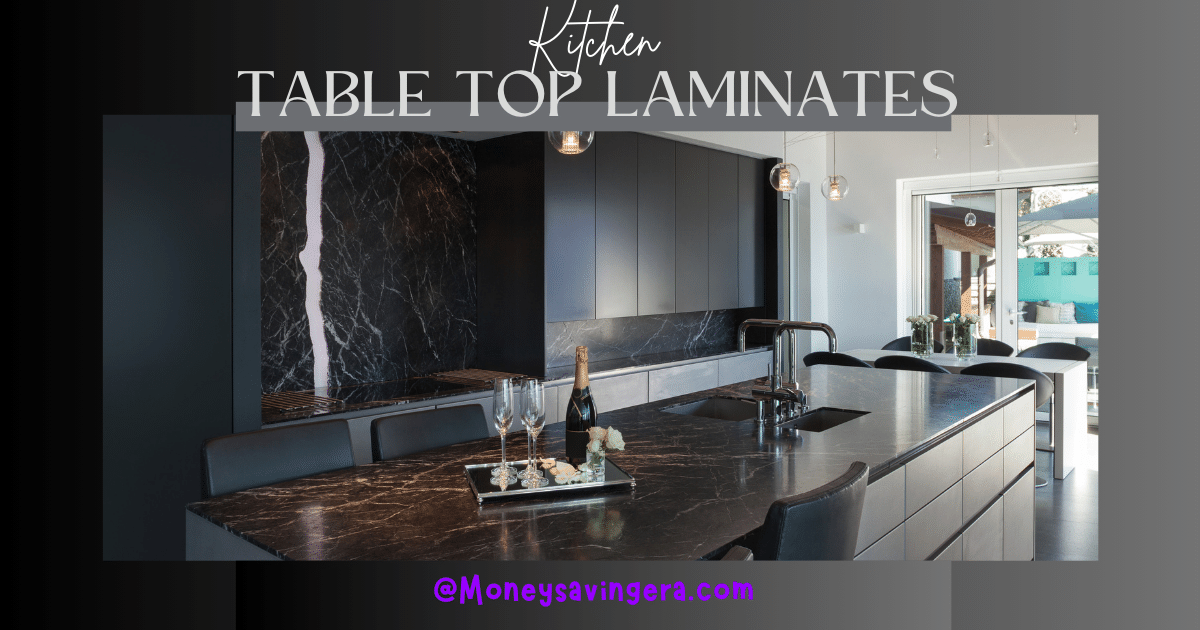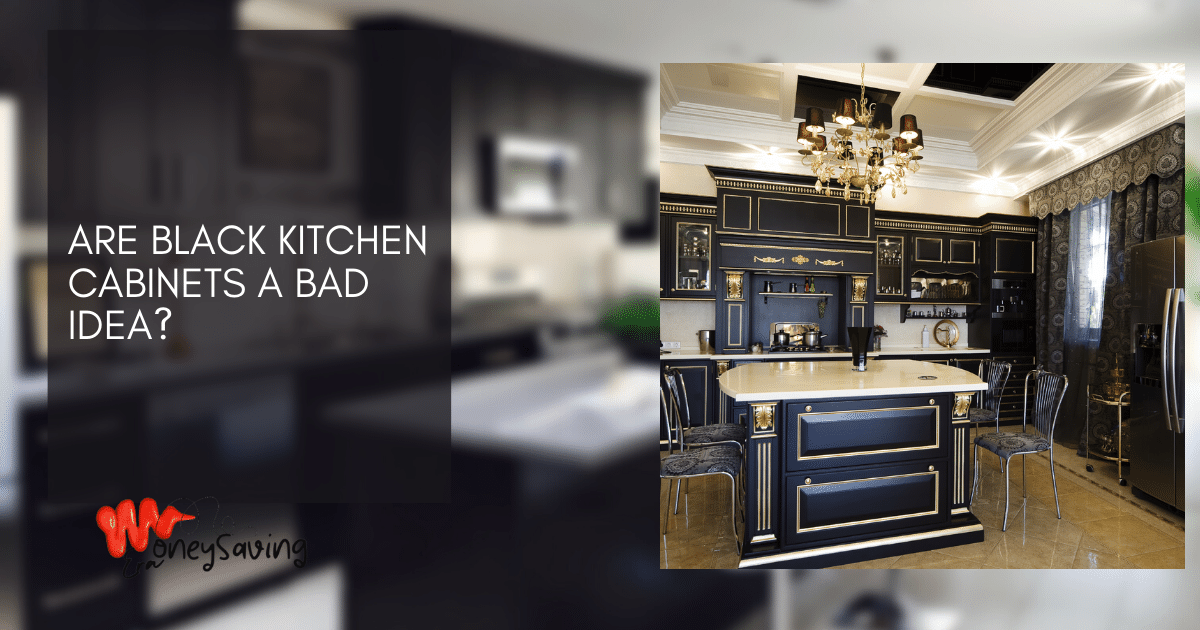Copper kitchen sinks have gained popularity recently due to their unique aesthetics and functional benefits. This article will explore the advantages and disadvantages of copper kitchen sinks and important factors to consider before choosing one for your kitchen.
Introduction to Copper Kitchen Sinks:
Copper kitchen sinks add a touch of elegance and sophistication to any kitchen decor. The warm, rustic appearance of copper can instantly elevate the kitchen’s overall look. These sinks are made from high-quality copper, which offers various benefits over traditional sink materials like stainless steel or porcelain.
Advantages of Copper Kitchen Sinks:
1. Aesthetics and Unique Look: Copper sinks are highly praised for their beautiful, one-of-a-kind appearance. The natural patina that develops over time adds character and enhances the visual appeal of the sink.
2. Durability and Longevity: Copper is a durable material that can withstand heavy daily use. It is resistant to dents, scratches, and corrosion, ensuring your sink lasts for years.
3. Antimicrobial Properties: Copper has natural antimicrobial properties that inhibit the growth of bacteria and other harmful microorganisms. This makes copper kitchen sinks more hygienic and reduces the risk of cross-contamination.
4. Heat and Stain Resistance: Copper is heat-resistant, allowing you to place hot pots and pans directly into the sink without causing damage. It is also naturally resistant to staining, making it easy to clean and maintain.
5. Low Maintenance: Copper sinks require minimal maintenance. Regular cleaning with mild soap and water is usually sufficient to keep them looking their best. The patina that develops over time can be preserved or restored with simple cleaning methods.
Disadvantages of Copper Kitchen Sinks:
1. Initial Cost: Copper sinks are more expensive than sinks made from other materials. The high-quality craftsmanship and unique properties of copper contribute to its higher price point.
2. Patina Development: While the patina on copper sinks adds character, some homeowners may prefer to maintain the original shiny appearance. It is important to consider if you are comfortable with the changes that occur over time.
3. Water Spots: Copper can develop water spots if not dried properly after each use. Regular maintenance and drying the sink after use can help prevent this issue.
4. Sensitive to Acidic Substances: Copper is sensitive to acidic substances, which can cause discoloration or damage to the sink. It is essential to avoid using harsh chemicals or acidic cleaners when cleaning the sink.
Factors to Consider before Choosing a Copper Kitchen Sink:
1. Budget: Determine your budget and research different options within that range to find a copper sink that suits your needs.
2. Kitchen Style and Design: Consider the overall style and design of your kitchen. Copper sinks work well with various design aesthetics, but it’s essential to choose a sink that complements your kitchen’s theme.
3. Cooking Habits: Evaluate your cooking habits and the amount of time you spend in the kitchen. This will help you determine the size and depth of the sink that will best accommodate your needs.
4. Maintenance Preferences: Consider your willingness to maintain and clean the sink regularly. Copper sinks may require a bit more attention to ensure they remain in good condition.
By considering these factors and understanding the advantages and disadvantages of copper kitchen sinks, you will be able to make an informed decision and choose the right sink for your kitchen.
Key takeaway:
- Copper kitchen sinks offer an aesthetic and unique look to your kitchen, enhancing its overall appearance.
- They are highly durable and have a long lifespan, making them a worthwhile investment for your kitchen.
- Copper kitchen sinks have antimicrobial properties that help in preventing the growth of bacteria and keeping your kitchen hygienic.
- With their heat and stain resistance, copper sinks can withstand high temperatures and resist stains, allowing for easy maintenance.
- Although copper sinks may have a higher initial cost, their long-term benefits and durability make them a good investment.
- Copper sinks develop a patina over time, adding character and beauty to your kitchen, but some may not prefer this aging process.
- Water spots can be a concern with copper sinks, requiring regular cleaning and maintenance to keep them looking their best.
- Copper sinks are sensitive to acidic substances, so caution should be exercised to avoid damaging the surface.
- Factors to consider before choosing a copper kitchen sink include your budget, kitchen style, cooking habits, and maintenance preferences.
Advantages of Copper Kitchen Sinks
When it comes to copper kitchen sinks, the advantages are abundant. From their stunning aesthetics and unique look to their exceptional durability and longevity, these sinks offer more than just functionality. Discover how copper kitchen sinks also bring antimicrobial properties, heat and stain resistance, and convenience through low maintenance. Get ready to explore the many reasons why opting for a copper kitchen sink could be a brilliant idea for your home.
1. Aesthetics and Unique Look
The aesthetics and unique look of copper kitchen sinks make them a popular choice for many homeowners. Copper sinks have a distinct characteristic that adds a touch of elegance and sophistication to any kitchen.
| Aesthetic Features | Description |
| Warm Tone | Copper sinks have a warm, rich color that provides a natural and inviting ambiance to the kitchen. They can instantly elevate the overall look and feel of the space. |
| Unique Patina | Over time, copper develops a unique patina that adds character and charm to the sink. The patina gives the sink an antique, weathered appearance, enhancing its aesthetic appeal. |
| Versatile Design | Copper sinks come in various shapes, sizes, and styles, allowing homeowners to choose a design that complements their kitchen decor. Whether it’s a farmhouse, modern, or traditional kitchen, there’s a copper sink to suit every style. |
| Eye-Catching Texture | The unique texture of copper sinks makes them stand out in the kitchen. The naturally occurring patterns and hammered finishes create visual interest and make the sink a focal point of the space. |
The aesthetics and unique look of copper kitchen sinks offer homeowners the opportunity to create a visually stunning and captivating kitchen environment. These sinks add a touch of luxury and sophistication that is hard to achieve with other materials.
Fact: Copper has been used for centuries in various applications due to its versatile properties and timeless beauty.
2. Durability and Longevity
When it comes to copper kitchen sinks, durability and longevity are key factors to consider. Below is a list that highlights the advantages of copper sinks in terms of their durability and longevity:
- Copper sinks are highly durable, able to withstand heavy daily use in the kitchen.
- They have excellent resistance to corrosion and rust, ensuring their longevity.
- Copper is a strong and sturdy material, making the sink less prone to dents or damage.
- With proper care and maintenance, copper sinks can last for decades without losing their functionality and appearance.
- Copper has natural antimicrobial properties, which helps to inhibit the growth of bacteria and other microorganisms, promoting a healthier kitchen environment.
- Due to their durability, copper sinks can handle high temperatures without warping or cracking.
- They are resistant to stains, making them easier to clean and maintain over time.
- Copper develops a beautiful patina over time, which not only enhances its aesthetic appeal but also adds to its durability by forming a protective layer.
- Investing in a high-quality copper sink ensures that you have a long-lasting and reliable fixture in your kitchen.
While copper sinks may require a larger initial cost compared to other materials, their durability and longevity make them a cost-effective choice in the long run.
By considering your budget, kitchen style and design, cooking habits, and maintenance preferences, you can make an informed decision about whether a copper kitchen sink is the right choice for you.
3. Antimicrobial Properties
The antimicrobial properties of copper kitchen sinks make them a great choice for maintaining a hygienic and healthy kitchen environment. Copper has been recognized for centuries for its ability to kill bacteria, viruses, and other harmful microorganisms. Let’s take a closer look at the antimicrobial properties of copper:
| Copper Kills Microbes | Copper has been proven to have a powerful antimicrobial effect. Studies have shown that copper surfaces can rapidly and effectively kill a wide range of bacteria, including E. coli and MRSA. The ions released by copper interfere with the bacterial cell membranes, disrupting their structure and function, ultimately leading to their destruction. |
| Continuous Protection | Unlike other materials, which may require additional cleaning agents or disinfectants, copper acts continuously to eliminate bacteria and other harmful pathogens. The antimicrobial properties of copper remain active 24/7, providing ongoing protection against the growth and spread of bacteria in the kitchen. |
| Reduced Cross-Contamination | By choosing a copper kitchen sink, you can significantly reduce the risk of cross-contamination. Copper surfaces limit the transfer of pathogens from contaminated surfaces to food or other areas of the kitchen. This is particularly important in food preparation areas where hygiene is of utmost importance. |
| Long-Lasting Protection | The antimicrobial properties of copper are inherent to the material itself, meaning they will not wear off or diminish over time. Unlike other coatings or treatments that may lose effectiveness, copper provides long-lasting protection against harmful microorganisms. |
4. Heat and Stain Resistance
When choosing a copper kitchen sink, it is important to consider factors such as heat and stain resistance. Copper is well-known for its excellent heat conductivity, allowing it to absorb and distribute heat quickly.
This property makes copper sinks perfect for handling hot pots and pans without causing any damage to the sink’s surface. Additionally, copper has natural antimicrobial properties that inhibit the growth of bacteria, ensuring a hygienic kitchen sink.
When discussing heat and stain resistance, copper has remarkable qualities. It has excellent heat conductivity, so it can safely handle hot pots and pans. Moreover, copper possesses natural antimicrobial properties that prevent the growth of bacteria.

Furthermore, copper sinks naturally develop a patina over time, which acts as a protective layer against stains. This patina, formed as the copper reacts to its surroundings, creates a barrier that prevents stains from penetrating the sink’s surface.
However, it is important to note that acidic substances can remove the patina and potentially stain the copper. Therefore, regular maintenance and proper cleaning techniques are essential to preserve the patina and avoid unwanted stains.
In the history of kitchen sinks, copper has been a preferred choice for centuries due to its exceptional heat conductivity and natural antimicrobial properties. It perfectly combines functionality and style, providing durability that withstands the test of time.
The unique beauty of copper sinks also adds an elegant and sophisticated touch to any kitchen. Despite the advancements in sink materials, copper remains a timeless option for those seeking heat and stain resistance and enduring charm.
5. Low Maintenance
When it comes to copper kitchen sinks, one of the notable advantages is their low maintenance. Here are some reasons why:
- Durable Material: Copper is a resilient material that can withstand everyday use in the kitchen. It is resistant to dents and scratches, reducing the need for frequent repairs or replacements.
- Easy Cleaning: Copper sinks require minimal effort to clean. Regularly wiping the surface with a mild soap and water solution is usually sufficient to keep it looking clean and shiny.
- Natural Patina: Over time, copper develops a natural patina that adds character to the sink. This patina acts as a protective layer, further reducing the maintenance required. Simply wiping the sink with a soft cloth is all you need to do to maintain its appearance.
- Stain Resistance: Copper has natural antimicrobial properties, making it resistant to stains and the growth of bacteria. This reduces the need for harsh chemical cleaners or extensive scrubbing.
- Low Water Spots: Unlike stainless steel sinks, copper sinks are less prone to water spots. This means you won’t have to wipe them dry after each use to maintain their shine.
With these low-maintenance features, copper kitchen sinks provide convenience and ease of use in any kitchen. However, it is important to note that proper care and maintenance should still be practiced to ensure the longevity of the sink.
If you are considering a copper kitchen sink, consider these low-maintenance benefits. By choosing a durable and easy-to-clean sink, you can enjoy the beauty and functionality of copper without the hassle of high maintenance.
Disadvantages of Copper Kitchen Sinks
Copper kitchen sinks may have their allure, but let’s uncover the not-so-glamorous side: the disadvantages. From the initial cost to the development of patina, water spots, and sensitivity to acidic substances, these sub-sections will shed light on the drawbacks you should be aware of when considering copper sinks.
So, before you dive into the trend, let’s explore the realities that might make you think twice about that shiny copper addition to your kitchen.
1. Initial Cost
The initial cost is an important consideration when choosing a copper kitchen sink. While copper sinks are known for their beauty and durability, they can be more expensive than other kitchen sinks.
| Factors affecting the initial cost of copper kitchen sinks: | Details: |
| Sink size and style | Well-known brands or sinks from high-quality copper may have a higher price tag. |
| Gauge of copper | The gauge of copper used in the sink also affects the cost. A lower gauge indicates thicker copper, which is generally more expensive. |
| Brand and quality | Well-known brands or sinks made from high-quality copper may come with a higher price tag. |
| Additional features | If the sink has additional features such as built-in accessories or special finishes, it may increase the cost. |
It’s important to note that while the initial cost of a copper kitchen sink may be higher, it is often considered an investment due to its longevity and aesthetic appeal. Copper sinks can last for decades with proper care and maintenance, making them a durable choice for your kitchen.
To make the most of your investment, consider your budget and weigh the benefits of a copper sink against its cost. If you prioritize the unique look and durability of copper, and if your budget allows for it, a copper kitchen sink can be a worthwhile addition to your kitchen.
Before making a purchase, it’s also a good idea to compare prices from different sources and brands to ensure you get the best value. Additionally, consider factors such as the manufacturer’s warranty and any additional installation or maintenance costs.
If the initial cost of a copper kitchen sink is within your budget and aligns with your kitchen design goals, it can be a great choice that adds both functionality and beauty to your space.
2. Patina Development
The development of patina is a crucial aspect to consider when selecting a copper kitchen sink. Here are some key points to comprehend regarding the development of patina:
- Patina is a natural process: Copper gradually forms a patina over time when exposed to air and moisture. This patina is a thin layer of oxidation that imparts a distinct, aged appearance to the copper.
- Enhances aesthetics: Patina development is often sought after by those who appreciate the unique look of copper. It adds character and warmth to the sink, lending it a vintage or rustic charm.
- Varied patina outcomes: The patina formed on copper can vary in color and texture, ranging from shades of brown to green or blue, depending on the environment and type of copper used.
- Protection against corrosion: The patina layer serves as a protective barrier, slowing down the process of oxidation and increasing the sink’s longevity.
- Control over patina development: It’s essential to note that factors like air humidity, cleaning products, and cleaning frequency can influence the speed and extent of patina development. Copper sinks can intentionally be protected or accelerated to achieve the desired patina appearance.
- Personal preference: Some individuals prefer the bright and shiny look of new copper sinks and may choose to minimize or prevent patina development through regular cleaning and maintenance.
- Adding patina to existing sinks: If you have a new copper sink and wish to expedite the patina development, there are various methods available, including using vinegar or ammonia-based solutions and applying specific patina formulas.
Understanding the process of patina development is vital when considering a copper kitchen sink. Whether you embrace the natural aging process and its unique charm or prefer to maintain the initial appearance, being informed about patina development will help you make an educated decision.
3. Water Spots
Water spots are a common concern when it comes to copper kitchen sinks. However, several ways exist to prevent and minimize the appearance of water spots on your copper sink. Here are some tips to keep your sink looking great:
- Regular drying: After each use, make sure to dry the sink thoroughly with a soft cloth to prevent water spots from forming.
- Use a protective coating: Applying a protective coating, such as a wax or sealant, can create a barrier between the water and the copper surface. This helps in wiping away any water spots.
- Keep the sink clean: Regular cleaning using a mild soap or copper cleaner can remove residue or minerals that contribute to water spot formation. Rinse the sink well after cleaning to remove any cleaning product residue.
- Avoid using abrasive materials: Scrubbing the sink with abrasive materials can scratch the copper surface, making it more prone to water spot formation. Use a soft cloth or sponge when cleaning the sink.
- Consider using distilled water: If your water supply has high mineral content, using distilled water for rinsing the sink can minimize the formation of water spots.
By following these tips, you can maintain the beauty of your copper kitchen sink and minimize the appearance of water spots. Remember that each sink may require different care depending on the specific finish or coating, so consult the manufacturer’s instructions for the best care practices.
4. Sensitive to Acidic Substances
When it comes to copper kitchen sinks, their sensitivity to acidic substances is an important factor to consider. Copper, being a soft metal, can react with acidic substances, resulting in discoloration and damage to the sink over time. To help you comprehend the implications of this sensitivity, here are a few key points:
| Discoloration: | Sinks made of copper can develop dark spots or stains when exposed to acidic substances like lemon juice, vinegar, or certain cleaning agents. These substances have the potential to cause the copper to react and tarnish, thereby affecting the overall appearance of the sink. |
| Corrosion: | In addition to discoloration, prolonged exposure to acidic substances can also lead to corrosion on the surface of the sink. This corrosion weakens the copper and may result in structural damage, such as cracks or holes, compromising the sink’s functionality. |
| Maintenance: | Due to their sensitivity to acidic substances, copper sinks require careful maintenance to preserve their appearance and longevity. It is essential to clean the sink regularly with mild, non-acidic detergents and to avoid using abrasive cleaners or harsh chemicals that can accelerate tarnishing or corrosion. |
| Protective measures: | Sinks made of copper can develop dark spots or stains when exposed to acidic substances like lemon juice, vinegar, or certain cleaning agents. These substances can potentially cause the copper to react and tarnish, thereby affecting the overall appearance of the sink. |
| Alternative materials: | If you have concerns about the sensitivity of copper to acidic substances, you may want to consider alternative sink materials like stainless steel or porcelain. These materials are less reactive to acids and offer greater resistance to discoloration and corrosion. |
While copper kitchen sinks offer many advantages, it is crucial to consider their sensitivity to acidic substances carefully. By understanding this aspect and taking appropriate preventive measures, you can ensure the longevity and beauty of your copper sink.
Factors to Consider before Choosing a Copper Kitchen Sink
When it comes to choosing a copper kitchen sink, several factors deserve careful consideration. From your budget to the style and design of your kitchen, as well as your cooking habits and maintenance preferences, each aspect plays a role in making the right decision.
Let’s dive into these key factors and discover how they can impact your choice of a copper kitchen sink.
1. Budget
When considering purchasing a copper kitchen sink, your budget is an important factor to consider. Here are some key points to consider:
- Cost range: Copper kitchen sinks can vary significantly in price. You can find budget-friendly options starting around $200 on the lower end. However, high-end and custom-made copper sinks can cost $2,000 or more.
- Additional costs: Keep in mind that the cost of the sink itself is not the only expense to consider. Installation fees, plumbing adjustments, and any necessary accessories or fixtures should also be factored into your budget.
- Long-term investment: While copper sinks may require a larger initial investment compared to other materials, they offer long-lasting durability. Copper is highly resistant to rust, corrosion, and damage from everyday use. This means that your investment can pay off in the form of a sink that will last many years.
- Value for money: Consider the value that a copper sink can bring to your kitchen. Not only does it add a unique and stylish element to your space, but it can also increase the overall value of your home. If you are looking to create a high-end and luxurious kitchen, a copper sink can be a worthwhile investment.
Fact: According to a survey conducted by the National Kitchen and Bath Association, copper kitchen sinks have consistently ranked among the top preferences for homeowners due to their aesthetic appeal and durability.
2. Kitchen Style and Design
When considering the kitchen style and design, it is important to choose a copper kitchen sink that complements the overall aesthetic and theme of the kitchen. Here are some factors to consider:
- Color and finish: Copper sinks come in various shades and finishes, including natural copper, dark patina, or even custom-painted options. Consider the color and finish that will best match your kitchen’s color scheme and style.
- Shape and size: Copper sinks come in different shapes and sizes, such as rectangular, oval, or round. Choose a sink that corresponds to the size of your kitchen and the space available. You should also consider the depth of the sink based on your cooking and cleaning needs.
- Texture and details: Copper sinks can feature various textures and details, such as hammered or smooth surfaces, decorative patterns, or intricate designs. These details can add a unique touch and enhance the visual appeal of your kitchen.
- Compatibility with countertop material: Consider the material of your kitchen countertops and ensure that the copper sink will complement it. Copper sinks can pair well with materials like granite, marble, or natural wood, enhancing the overall look of your kitchen.
- Style of the kitchen: Your copper sink should align with the overall style of your kitchen. Whether your kitchen has a rustic, farmhouse, traditional, or contemporary design, choose a sink that harmonizes with the existing elements and contributes to the desired aesthetic.
- Maintenance requirements: Copper sinks develop a natural patina over time, which adds charm and character. However, some homeowners prefer to maintain the shiny copper look. Take into account the maintenance preferences and whether you are willing to regularly polish and care for the sink to maintain its appearance.
By considering these factors, you can select a copper kitchen sink that fits seamlessly into your kitchen design and adds a touch of elegance and uniqueness to the space.
3. Cooking Habits
In order to choose the right copper kitchen sink for your needs, it is important to consider your cooking habits. Here is a table highlighting the different aspects of cooking habits to consider:
| Aspect | Considerations |
|---|---|
| Cooking Frequency | If you cook frequently or have a busy kitchen, you may want to consider a copper sink that is resistant to stains and scratches, as it will be more durable and easier to maintain. |
| Food Preparation | If you frequently work with acidic ingredients, such as lemon or tomato, you should be aware that copper can react with acidic substances and develop a patina. If you prefer a more uniform look, you may want to choose a sink with a protective coating. |
| Sink Size | Consider the size of your pots, pans, and dishes. If you regularly use large cookware, you may want to choose a deeper sink to accommodate your needs. |
| Cleaning Habits | Consider how the copper sink will complement your kitchen’s overall style and design. Copper sinks can add a rustic and elegant touch, but it’s important to ensure that it fits well with the rest of your kitchen decor. |
| Overall Style | Consider how the copper sink will complement your kitchen’s overall style and design. Copper sinks can add a rustic and elegant touch, but it’s important to ensure that they fit well with your kitchen decor. |
By considering these factors, you can choose a copper kitchen sink that best suits your cooking habits and enhances your kitchen’s functionality and aesthetic appeal.
Maintenance Preferences
Regarding copper kitchen sinks, maintenance preferences play a crucial role in ensuring their longevity and appearance.
By considering your preferred level of maintenance and how it aligns with the care requirements of copper sinks, you can determine if a copper kitchen sink is the right fit for your lifestyle and preferences.
| Maintenance Preference | Description |
|---|---|
| Regular Cleaning | Regularly cleaning your copper kitchen sink with a mild soap and water solution is essential to maintain its shine and prevent the build-up of grime and stains. This cleaning routine is recommended for those who prioritize a pristine and polished appearance. |
| Patina Development | If you prefer the unique and aged look of a patina on your copper kitchen sink, you can opt for minimal cleaning. Over time, copper develops a natural patina that adds character and charm to the sink. This maintenance preference requires occasional wiping and avoidance of harsh cleaning agents. |
| Preventing Water Spots | Copper sinks are prone to water spots, especially in areas with hard water. If you prefer to keep your sink spot-free, a maintenance routine that includes drying the sink after each use can help prevent the formation of water spots. This preference is recommended for those who prioritize a pristine and spotless appearance. |
| Avoiding Acidic Substances | Copper is sensitive to acidic substances, which can cause discoloration and damage to the sink’s surface. If you prefer to avoid potential damage, it is important to be mindful of the cleaning agents and acidic foods that come into contact with your sink. This maintenance preference requires extra caution and adherence to safe cleaning practices. |
Pro-tip: Regardless of your maintenance preference, it is recommended to occasionally apply a copper wax or sealant to protect the sink’s surface and maintain its shine. Additionally, avoiding abrasive scrubbing materials and using soft cloths or sponges can help prevent scratches and maintain the sink’s appearance for longer.
Some Facts About Copper Kitchen Sinks:
- ✅ Copper sinks have become increasingly popular, especially in the modern farmhouse kitchen trend. (Source: granitecountertopsolutions.com)
- ✅ Copper sinks are known for their stunning appearance and timeless vibe. (Source: granitecountertopsolutions.com)
- ✅ Copper sinks are easy to maintain, as they develop a unique patina over time. (Source: granitecountertopsolutions.com)
- ✅ Copper sinks are highly durable and resistant to staining. (Source: granitecountertopsolutions.com)
- ✅ Copper farmhouse sinks can increase the value of your home. (Source: worldcoppersmith.com)






